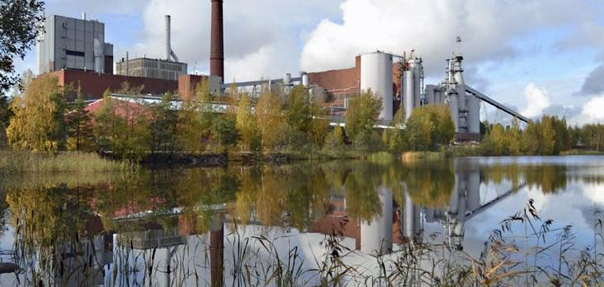Finland Pulp, Paperboard, Softwood Sawn Timber Output Grows in First Half of Year
![]() Print this Article | Send to Colleague
Print this Article | Send to Colleague
The Finnish forest-based sector's recent investments have boosted production of both paperboard and pulp in the first half of the year. Paperboard production increased 6.6% in January-June and pulp production was up 4.2% compared with the corresponding period of 2015. Production of softwood sawn timber likewise increased substantially in January-June, with output up some 5%. Total softwood sawn timber production came to 5.8 million cubic meters.
The forest-based sector produced a total of 1.6 million metric tons of paperboard and 3.7 million metric tons of pulp in the first half of 2016. Paper production continued to contract and totaled 3.4 million metric tons in the first half of the year, down 6.7% from January-June 2015.

April-June paperboard production totaled 810,000 metric tons, representing an increase of 4.8% from the corresponding period of the previous year, while pulp production grew 4.4% in the second quarter to a total of 1.9 million metric tons.
Forest industry corporations produced no less than 8% more of softwood sawn timber in April-June than in the corresponding period of 2015 and production grew to 3.1 million cubic meters. Paper production contracted 8.5% in the second quarter to a total of 1.6 million metric tons.
Forest industry investments have started to grow, but this positive development can only continue in a competitive operating environment. The European Union is currently deliberating on several matters that have an impact on the forest-based sector.
"Proposals regarding the European Union's implementation of the Paris climate agreement were complemented by the Commission's publication of emission-reduction obligations for sectors not covered by emissions trading. The 39% emission-reduction target imposed on Finland is very challenging. The possibility of taking full advantage of sustainable annual harvesting opportunities must be ensured when drafting regulations concerning the climate and the environment. In addition, measures must be taken to minimize the risk of carbon leakage," said Timo Jaatinen, director general of the Finnish Forest Industries Federation.
"Domestic efforts to improve competitiveness must be continued, as exports and industrial activity cannot recover in the absence of ambitious decisions. The Competitiveness Pact was only the first step," Jaatinen noted.


